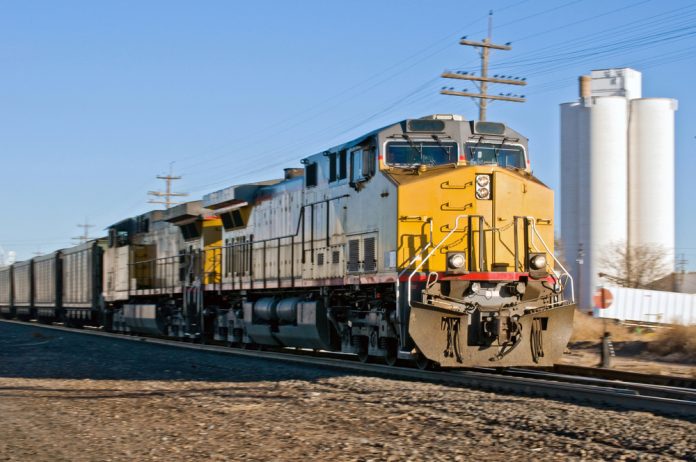
When Union Pacific CEO Jim Vena announced, “Railroads have been a part of building America since the Industrial Revolution, and this transaction is the next step in driving the industry forward,” he paved the way for a $71.5 billion merger that may remake the nation’s freight picture. The projected merger of Union Pacific and Norfolk Southern would establish the first sole operator from the Jersey beach to California ports, holding 50,000 miles of trackage and vowing unrivaled coast-to-coast service. But underlying the promise of efficiency is a matrix of regulatory, operational, and technological intricacies that have everyone interested in the American supply chain in their ear with the main players.
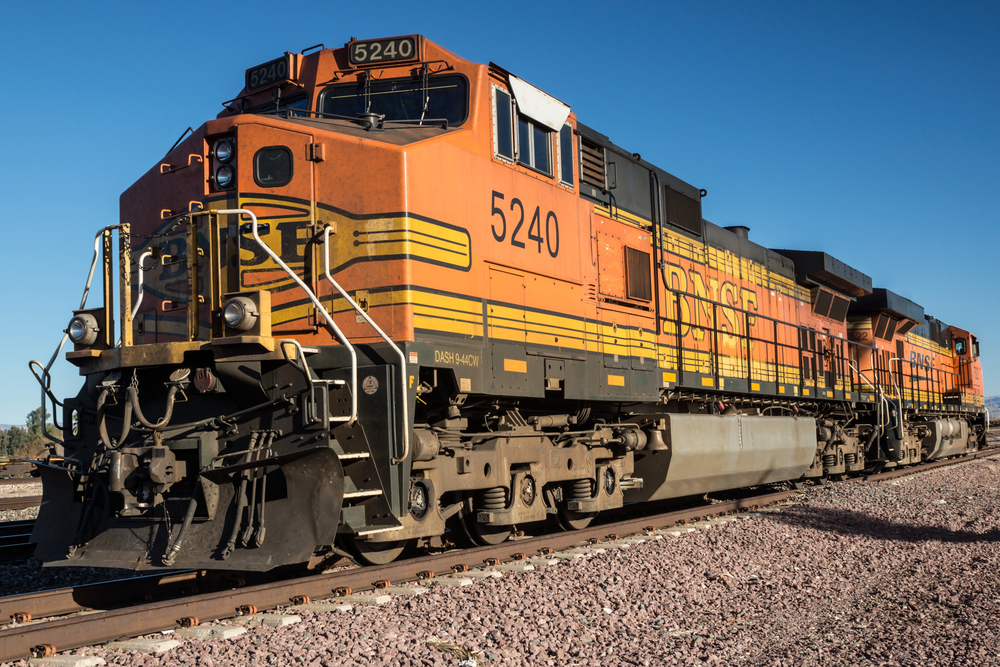
1. Regulatory Scrutiny and Antitrust Headwinds
The Surface Transportation Board (STB), under the accelerated leadership of Chairman Patrick Fuchs, is confronted with a daunting choice. The size of the merger would be the largest in U.S. railroad history, and regulators are cautious. Previous consolidations have spawned traffic congestion, service outages, and even accidents, and this has fueled doubts that a transcontinental behemoth would have too much pricing power or would forgo essential safety expenditures. A combination of two of the largest U.S. railroads would leave American manufacturers, farmers, and energy producers with even fewer choices to transport by rail, said Scott Jensen of the American Chemistry Council. The STB’s recent admonishment of Canadian Pacific Kansas City for post-merger service breakdowns highlights the stakes: “There had been issues transitioning Kansas City Southern’s computer systems,” the Board stated, following a computer failure that caused widespread delays and congestion.
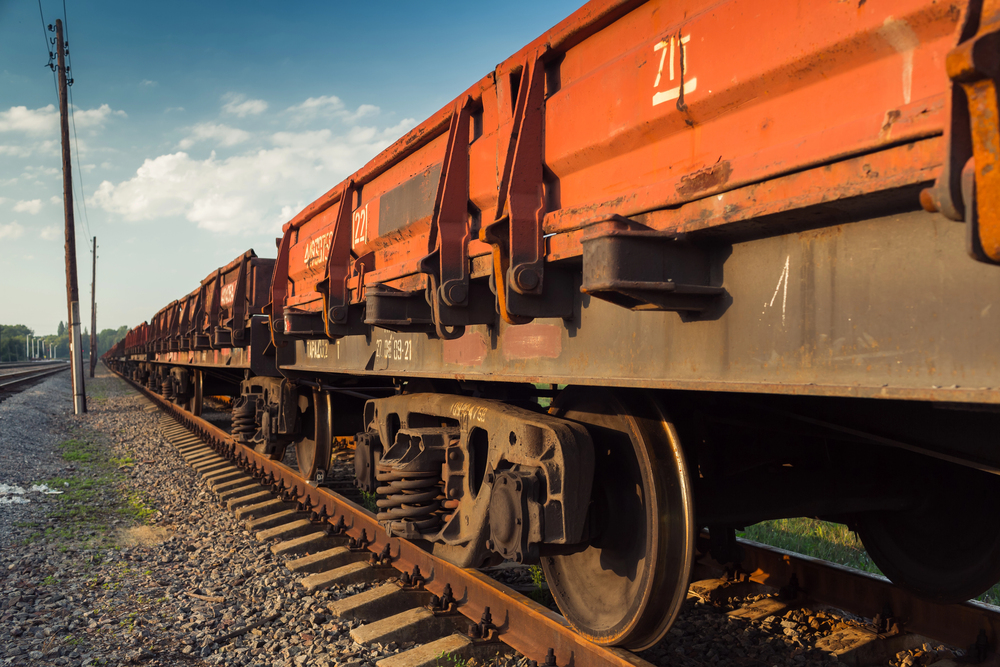
2. Precision Scheduled Railroading: Efficiency and Its Discontents
Framing the operating case is Precision Scheduled Railroading (PSR), the system embraced by Vena’s mentor, Hunter Harrison. PSR seeks to haul the same freight with fewer assets, operating longer trains, reducing dwell times, and improving asset utilization. Since its implementation, PSR has raised labor productivity by 16.6% between 2012 and 2019 and operating ratios by more than 10 percentage points, as reported by the Bureau of Labor Statistics. But these are not gains without cost: Class I railroad employment has declined by almost 75% since deregulation, and the sector has shed 35% of its labor base from 2015 through 2021 while hauling 30% more tonnage.
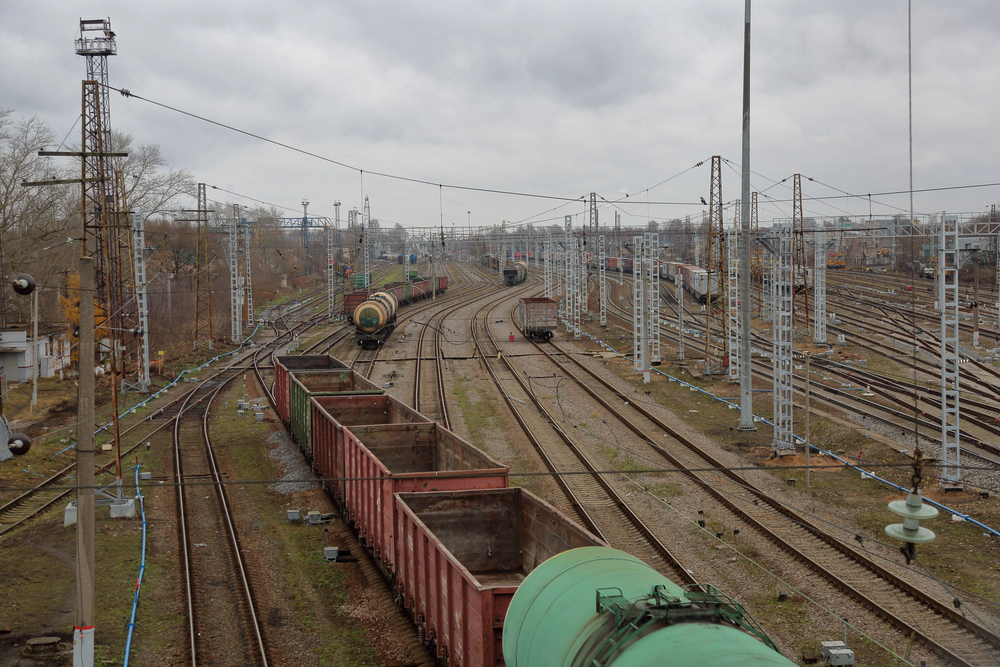
As Dennis R. Pierce, head of the Brotherhood of Locomotive Engineers and Trainmen, said: “While rail worker productivity has never been higher and Class I railroads have been raking in multi-billion-dollar profits year after year, employment levels have been going in the opposite direction, with thousands of railroad workers furloughed.”
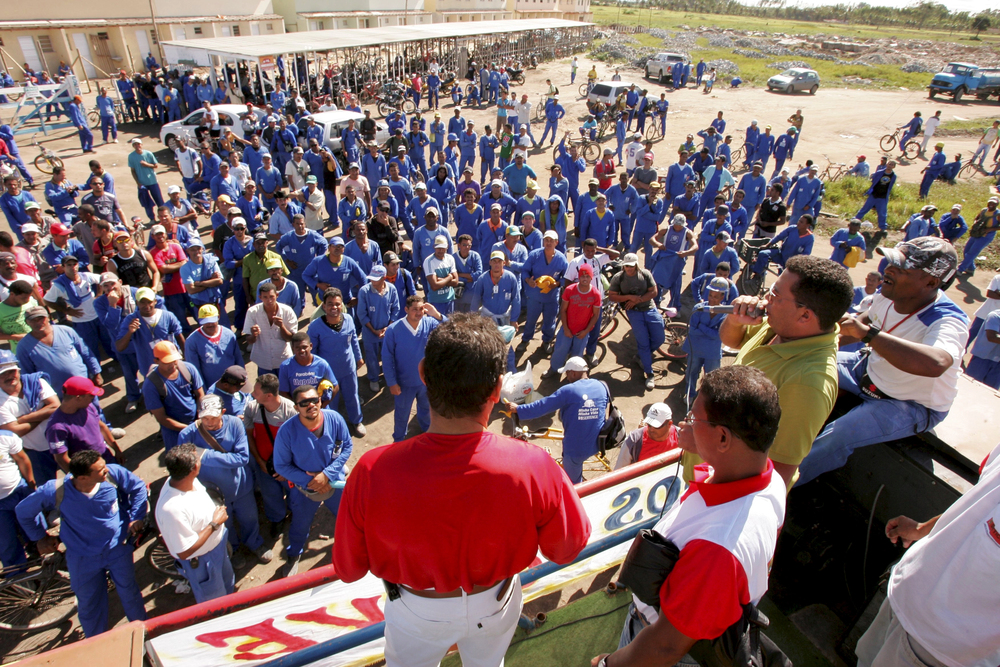
Image Credit to depositphotos.com
3. Labor Union and Shipper Opposition
The biggest rail union, SMART-TD, is unambiguous: “Publicly available data for the last several years show UP is the industry leader in accidents, incidents, injuries, and fatalities. This trend is part of an overall corporate culture that, in our opinion, values aggressive operating ratios ahead of worker and public safety.” Union leaders contend that PSR’s quest for efficiency has resulted in massive layoffs, greater fatigue, and lower safety inspections. Shippers, particularly in the chemical industry, alert that consolidation will diminish competition and leave them with fewer options and higher prices. The American Chemistry Council’s Scott Jensen is succinct: “We are opposed to any merger that would increase railroads’ pricing power.”
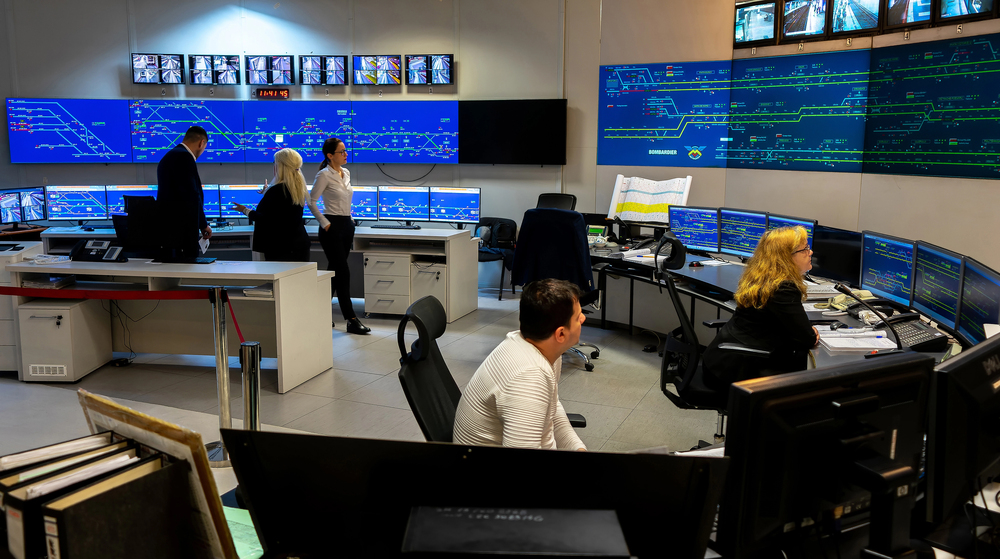
Image Credit to depositphotos.com
4. Safety Technology and Positive Train Control
Regulators and safety advocates are also examining the merger’s effect on investment in key technologies. Positive Train Control (PTC), which is now in place on all 57,536 freight and passenger route miles that are subject to the requirement, is intended to avoid collisions, overspeed derailments, and unauthorized access to work zones. PTC uses interoperable digital signaling and communication-based control, combining GPS, sensors, and real-time information to enforce speed restrictions and signal adherence. The Federal Railroad Administration observes that, “PTC technology can automatically regulate train speeds and movements if a train crew does not take the proper action for the situation.” The merged giant’s challenge will be maintaining and upgrading such systems on a greatly expanded, consolidated network, particularly as longer trains and fewer employees put pressure on inspection and maintenance procedures.
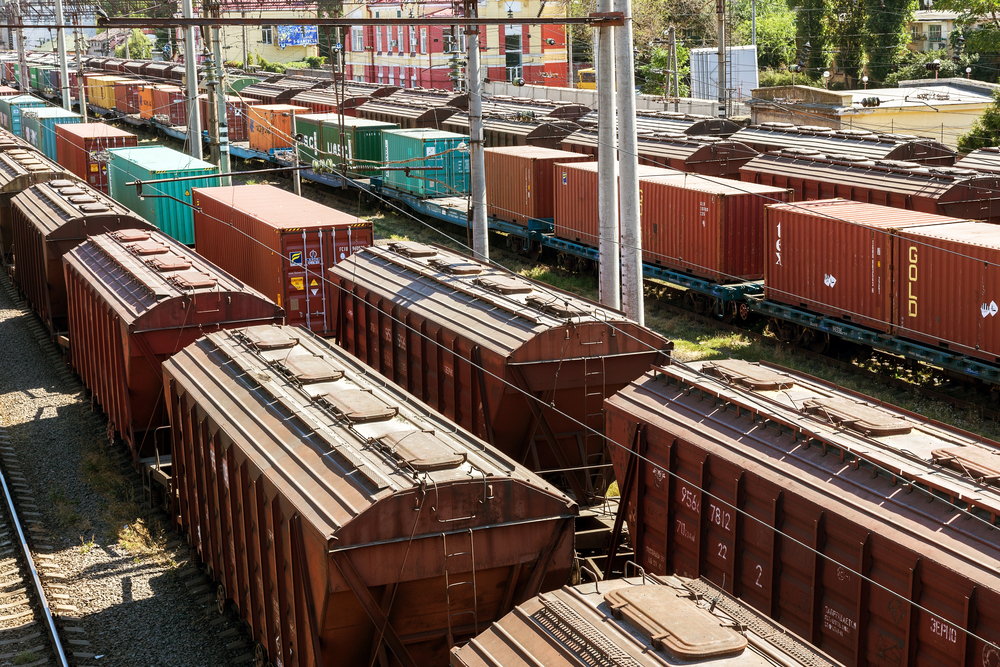
Image Credit to depositphotos.com
5. Intermodal and Port Connectivity Engineering
Proponents of the merger promote the promise of efficient intermodal operations and enhanced port connectivity. U.S. ports, including Long Beach and Savannah, are spending billions on on-dock rail, automation, and increased intermodal yards to manage anticipated increases in cargo volume of 41 million TEUs at Southern California ports by 2040. On-dock rail and inland facilities such as Georgia’s Blue Ridge Connector are intended to transfer cargo from ship to rail within less than 24 hours, cutting millions of truck miles and emissions. Yet how successful a coast-to-coast operator is in integrating such sophisticated, high-capital networks, many constructed for shorter trains, will rest on continuous investment and technological advancement.
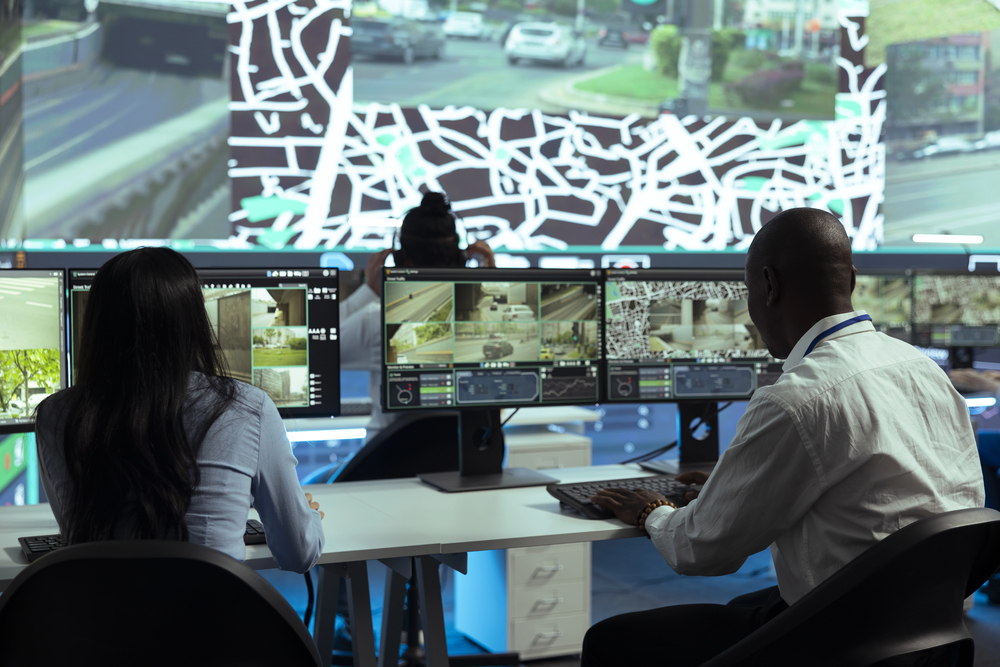
Image Credit to depositphotos.com
6. Digital Signaling, Automation, and Data Visibility
The digital evolution of rail logistics is gaining momentum. Ports and railroads are implementing process automation, digital ledgers, and cloud-based systems such as the Port Optimizer to facilitate real-time tracking and predictive analytics. The technology holds the promise to decrease dwell times, optimize routes, and increase supply chain visibility for shippers. However, the disparity between foreign and U.S. port automation is huge, often because of legacy labor contracts and disjointed funding. As the combined company looks to take advantage of digital signaling and automation, the danger is that cost constraints would hold back or water down these essential upgrades.

Image Credit to depositphotos.com
7. The Challenge to Infrastructure: Longer Trains, Aging Yards
Perhaps the most fundamental engineering challenge is the incompatibility of current three-mile-long trains with the physical constraints of older infrastructure. Most intermodal terminals were planned for trains half that size, and power switches, signals, and terminal configurations need expensive upgrades to fit the new size. As Doug Thiessen of HDR noted, “Many ports’ intermodal rail yards are too small and require more and longer tracks, in addition to the ability to handle and operate these railcars and other locomotives.” The result is an increasing demand for capital investment during an era when Wall Street demands lower operating ratios can discourage long-term infrastructure investment.
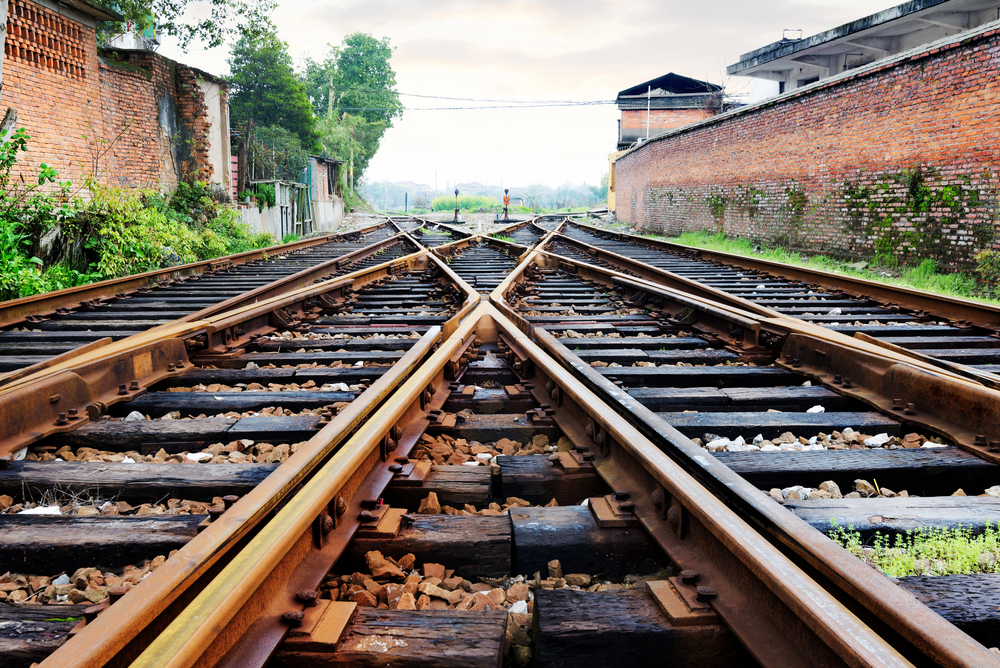
Image Credit to depositphotos.com
The Union Pacific and Norfolk Southern merger is a test case for the future of American rail: a battle between scale efficiencies and the dangers of over-consolidation, between technology potential and the unforgiving realities of labor, safety, and infrastructure. The result will echo through every link in the country’s supply chain.
